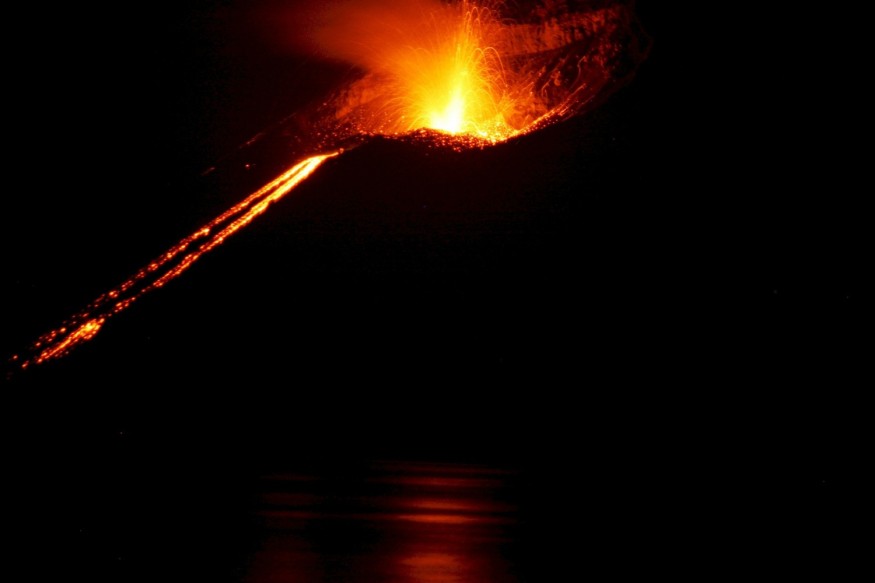
A volcanic eruption is not as uncommon as we all thought. On average, around 50 to 70 volcanoes erupt every year.
Yet no one can deny that volcanic eruption is probably the scariest natural disaster. Imagine fleeing for your life as struggling to breathe due to toxic fumes and enduring the scalding hot temperature. Don't forget that stones are flying everywhere, and earthquakes are pretty common.
The magnitude of the volcano can be measured using the 8-scale system called Volcanic Explosivity Index (VEI). However, when we are talking about the impact of the activity, this is not a good indicator. Instead, most people prefer talking about its effect on the economy and especially the total deaths.
The volcanic eruptions below did not just kill many people. Their impact was felt all over the world, resulting in global infamy.
1. Mt Tambora, Indonesia, 1815
It all started with a small tremor in April 1815. Who would have thought that five days later, it would send 40-kilometer-high volcanic ash which did not just killed 10,000 islanders and displaced 35,000 others but also caused a tsunami?
If the horror is not enough, it is reported that the global temperature plummeted and killed crops, resulting in thousands of deaths due to starvation. Typhus also spread across Europe.
With a height of 4,300 meters, Mt. Tambora used to be enormous. However, after its massive eruption, it shrank down to less than 3,000 meters.
Here's another destructive eruption in Indonesia: Krakatoa, on Rakata Island.
With an explosion four times more powerful than the strongest man-made bomb created, the volcano destroyed the entire island and killed every form of life on it.
But the deadliest part is not the eruption itself but the aftermath. The blast created a series of colossal waves -- with some went as high as 37 meters. It killed at least 36,000 people on the nearby islands, Java and Sumatra. The waves have also reached South America, about 18,000 kilometers north of Indonesia.
3. Ilopango, El Salvador, 450 AD
This eruption did not just kill people -- it ended the Mayan civilization, after it killed most of its people, and destroyed their cities and source of food.
Like other eruptions, it also sent volcanic ash that blocked the sunlight and lowered the global temperature. As a result, there is another global food scarcity for a year.
4. Mount Pinatubo, Philippines, 1991
Dubbed as the second-largest eruption of the 20th century, it is surprising that its casualty is considerably lower, with only around 700. Yet its aftermath is no joke as the hazard remained even after five years since the volcano spewed searing hot ash, magma, and steam.
Coincidentally, there is also a storm when the volcano erupted. This strong cyclonic wind sent the ash flying as far as the Indian Ocean.
The soil around the volcano is rich, which attracts farmers and merchants who want to exploit it. Two cities were built: Pompeii and Herculaneum, named after the mythic hero Hercules, and it became a popular summer destination for rich Romans.
However, the prosperity of the city ended when the volcano suddenly propelled a mushroom-shaped cloud. It sent dust and stones to the city, forcing the people to flee for their lives. Some of them were carrying pillows to protect their heads, according to the account of Pliny the Younger, a renowned Roman writer.
The cities got buried by volcanic mud, and it was not until the 18th century when it was first excavated.
ALSO READ: How to Survive a Volcanic Eruption?
© 2025 NatureWorldNews.com All rights reserved. Do not reproduce without permission.





